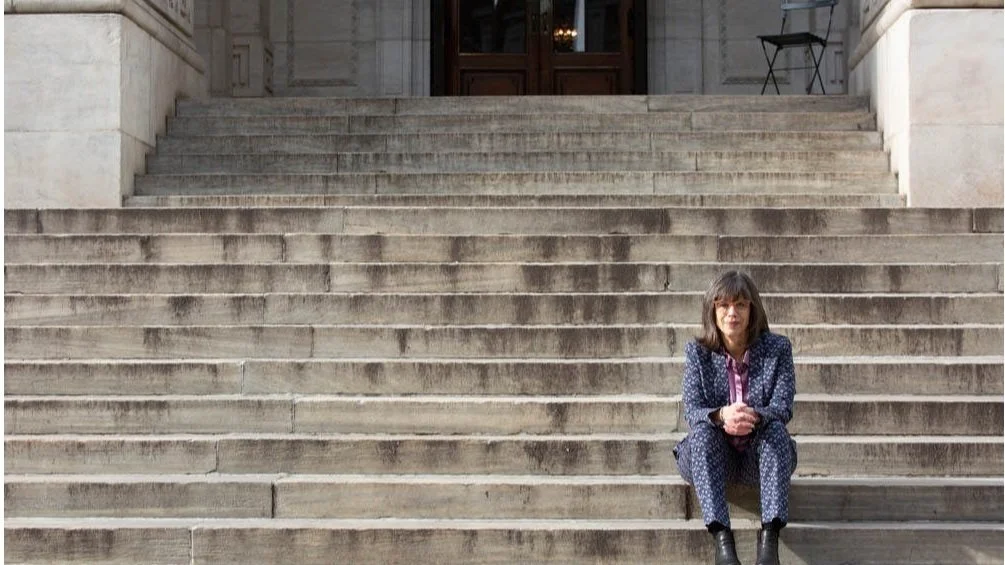When I saw the call to apply to the Jack Straw Writers Program last fall, I almost didn’t apply. Why?
Because I’d applied every year for the last six years and I was tired of getting rejected. The closest I’d come was being wait-listed a few years back.
Then, I reminded myself what I tell my coaching clients: If you don't apply, it's a 100% guarantee you won't be accepted. If you do apply, your chances are better.
I opted for slightly better chances. Then, I rewrote my artist statement, edited the strongest writing sample from the memoir I’m currently writing and like every year, I mailed it by the deadline.
The twelve Jack Straw Writers receive voice/microphone training, recorded studio interviews, do a series of public readings in Seattle all year long, publish an anthology and are featured in SoundPages, the Jack Straw Literary Podcast series.
When the skinny letter from Jack Straw Productions arrived in my mailbox, I sighed. Everyone knows that if you win, it’s usually an email and that if it’s a letter, it’s usually a fat letter.
I opened it.
The first word after “Dear Gigi” was “Congratulations!” I’m now one of 12 writers chosen out of a pool of 93 applicants who will be in the Jack Straw Writers Program this year. This win was especially sweet because I’d included an excerpt from the memoir I’m now writing.
What did I learn? I learned what I teach my students: If you know an opportunity is the right match for you and the curator changes every year, it’s a numbers game. Chances are that one year, it’s all going to line up: The right curator for the right work sample out of the right pool of applicants.
This win also reminded me how important it is to receive recognition. I’ve had mostly rejections this year and this one acceptance has already fueled my writing. It’s also softened the rejections I’ve received since.
The next day, I received a rejection from the Hedgebrook Residency, one I’d love to attend. Their odds are even worse. They received 1500 applications for 40 slots. The silver lining: My rejection letter stated that my work “resonated with our reviewers.” They didn’t have to say that and I so appreciate they did.
You can bet I’ll apply to Hedgebrook every year from now on and one of these years, you never know. I might be one of those 40 writers.
So, I ask you: What’s an opportunity you know is the right match for you that you could “show up for”? It’s hard to keep showing up if they’ve already said “no.” But if you really want it, can you humble yourself and throw your name in the hat again and again? This year, it might be you.










